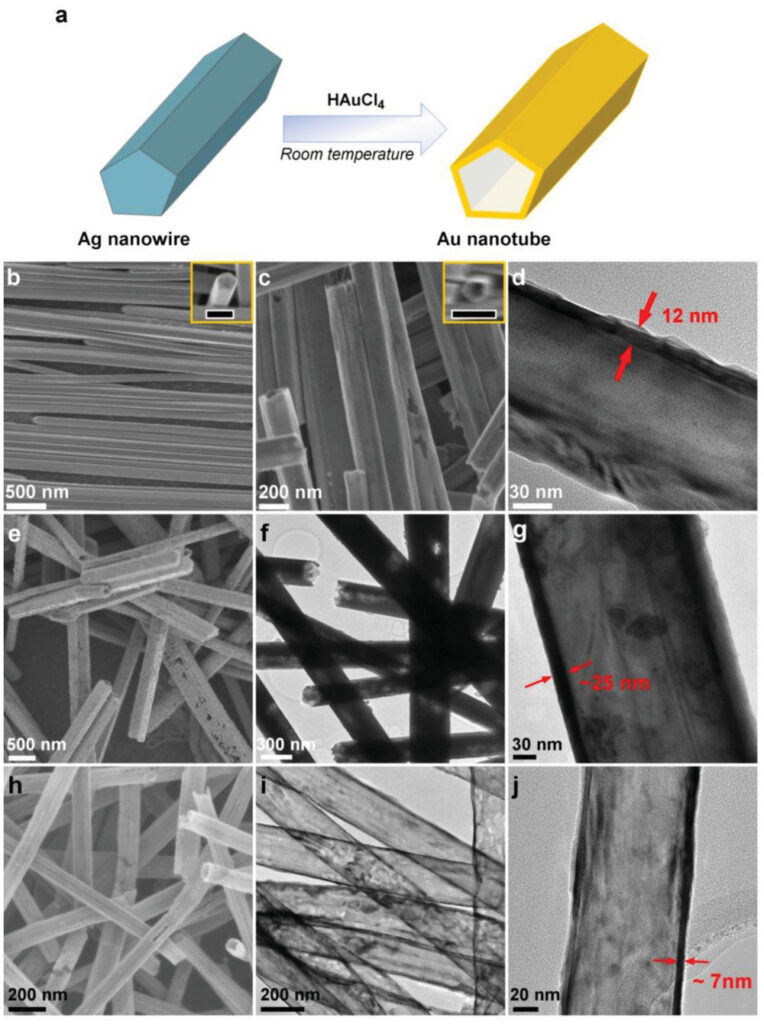There’s no silver bullet against mesothelioma, a type of cancer caused by exposure to asbestos. However, there might be a golden one.

Tiny, hollow cylinders of gold a thousand times thinner than a human hair — gold nanotubes — could be useful in treating mesothelioma, a new paper reports. After being injected in affected tissues, these nanotubes absorb light and produce heat, killing nearby cancer cells.
Bling treatment
“Mesothelioma is one of the ‘hard-to-treat’ cancers, and the best we can offer people with existing treatments is a few months of extra survival,” said co-author Dr Arsalan Azad from the Cambridge Institute for Medical Research at the University of Cambridge. “There’s an important unmet need for new, effective treatments.”
To say that asbestos is bad for you is kind of an understatement. The UK has had a particular problem with this stuff because they imported and used a great deal of asbestos following the second world war — in fact, they have the highest rate of mesothelioma in the world, with roughly 2,600 new cases diagnosed each year.
The authors, a team of researchers at the Universities of Cambridge and Leeds, show that gold nanotubes can be used to treat the condition. The UK isn’t the only country that stands to benefit from this, as asbestos is still widely used, particularly in low- and middle-income countries.
The gold nanotubes have ‘tunable’ properties — the team can change their properties such as wall thickness, microstructure, composition, and ability to absorb particular wavelengths of light, for different applications. As a proof-of-concept, the authors added the nanotubes to mesothelioma cultures in the lab, which absorbed and stored them close to their nucleus. When the team targeted the cells with a laser, the nanotubes absorbed the light and heated up, killing the cells.
“The mesothelioma cells ‘eat’ the nanotubes, leaving them susceptible when we shine light on them. Laser light is able to penetrate deep into tissue without causing damage to surrounding tissue. It then gets absorbed by the nanotubes, which heat up and, we hope in the future, could be used to cause localised cancer-cell killing,” explains co-author Professor Stefan Marciniak, also from the Cambridge Institute for Medical Research.
The nanotubes are created in a two-step process. A base of silver nanorods of the desired diameter are created first, and then a gold solution is poured over them. As it builds-up on their surface, the silver dissolves from the inside to leave a hollow nanotube. The approach allows these nanotubes to be developed at room temperature, which should make them easier and cheaper to manufacture at scale.
“Having control over the size and shape of the nanotubes allows us to tune them to absorb light where the tissue is transparent and will allow them to be used for both the imaging and treatment of cancers,” adds co-author Professor Stephen Evans from Leeds.
“The next stage will be to load these nanotubes with medicines for enhanced therapies.”
The paper “Exploring High Aspect Ratio Gold Nanotubes as Cytosolic Agents: Structural Engineering and Uptake into Mesothelioma Cells” has been published in the journal Small.


